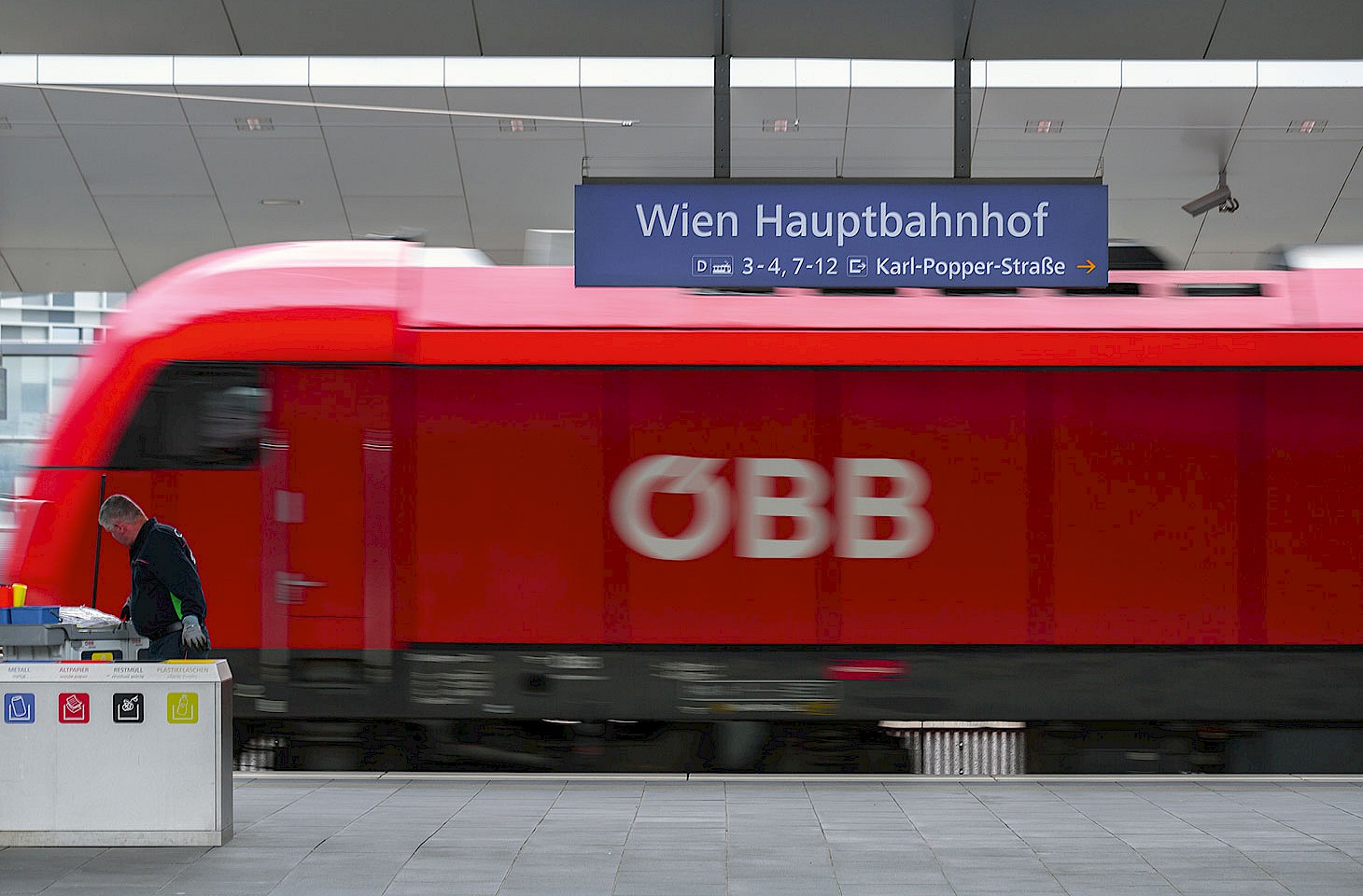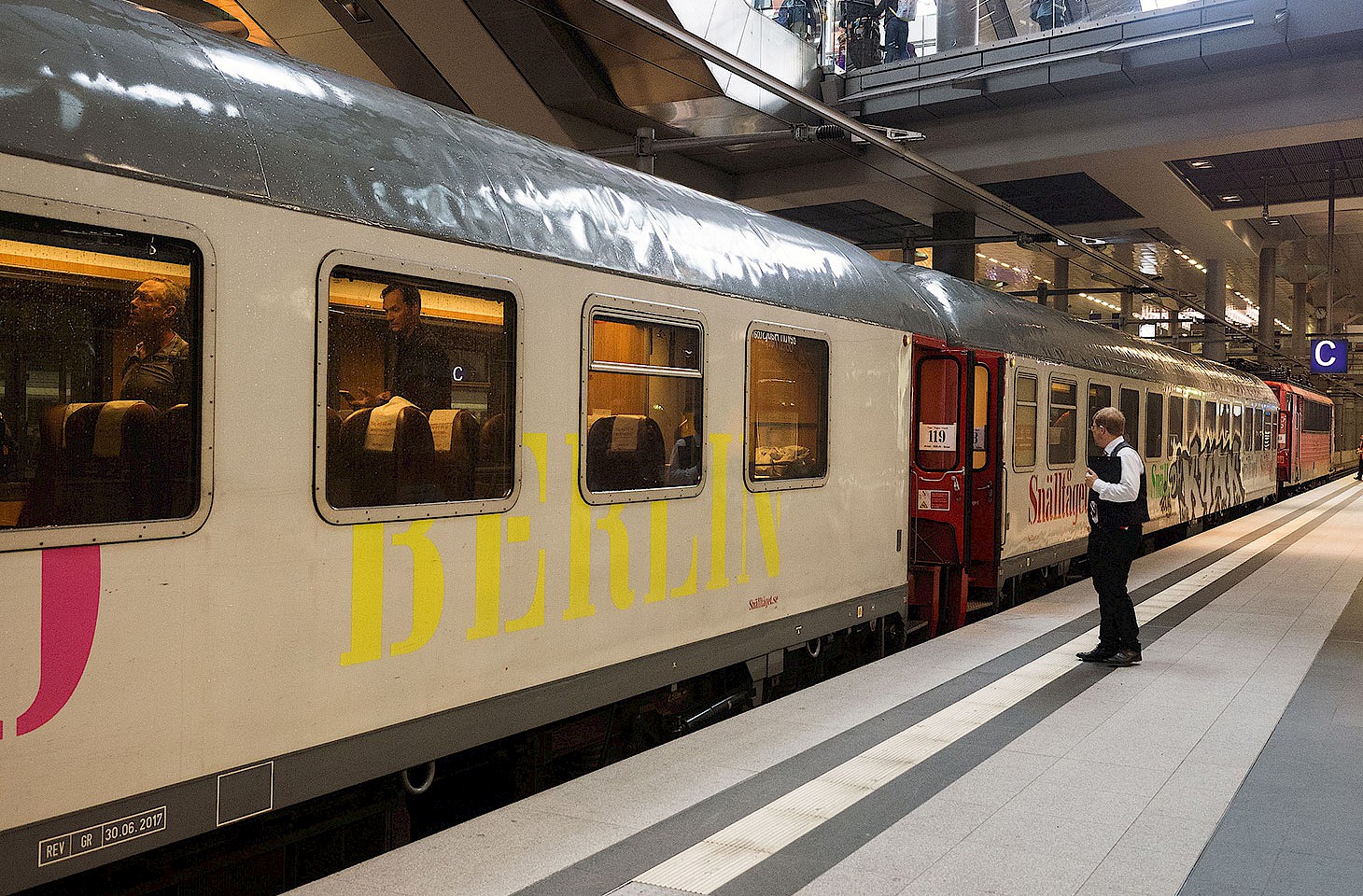Were it not for La Morge, Saint-Gingolph would not exist. La Morge is a mountain stream which plunges down from the Chablais hills, cutting a deep valley. The river has deposited a great alluvial cone on the south shore of Lake Geneva, giving space for a small community straddling both sides of La Morge. It’s a fine setting with views across the lake to the Swiss town of Vevey and the Lavaux Vineyards. But it’s risky as from time to time, after great storms over Chablais, La Morge swells into a foaming torrent bringing a cascade of mud and rocks down into Saint-Gingolph.
“That’s what happened back in 2015,” says a gentleman taking a morning glass of wine at the Café de la Navigation. He moves outside, still holding his wine glass, and points out areas which were devastated by the floods that spring day eight years ago. “There was debris everywhere here, plus over there in Switzerland,” he adds.
‘Over there in Switzerland’ is just a few steps away, for the streambed of La Morge marks the frontier between two countries: France’s Haute- Savoie département on the left bank and Switzerland’s Canton du Valais on the right bank.



